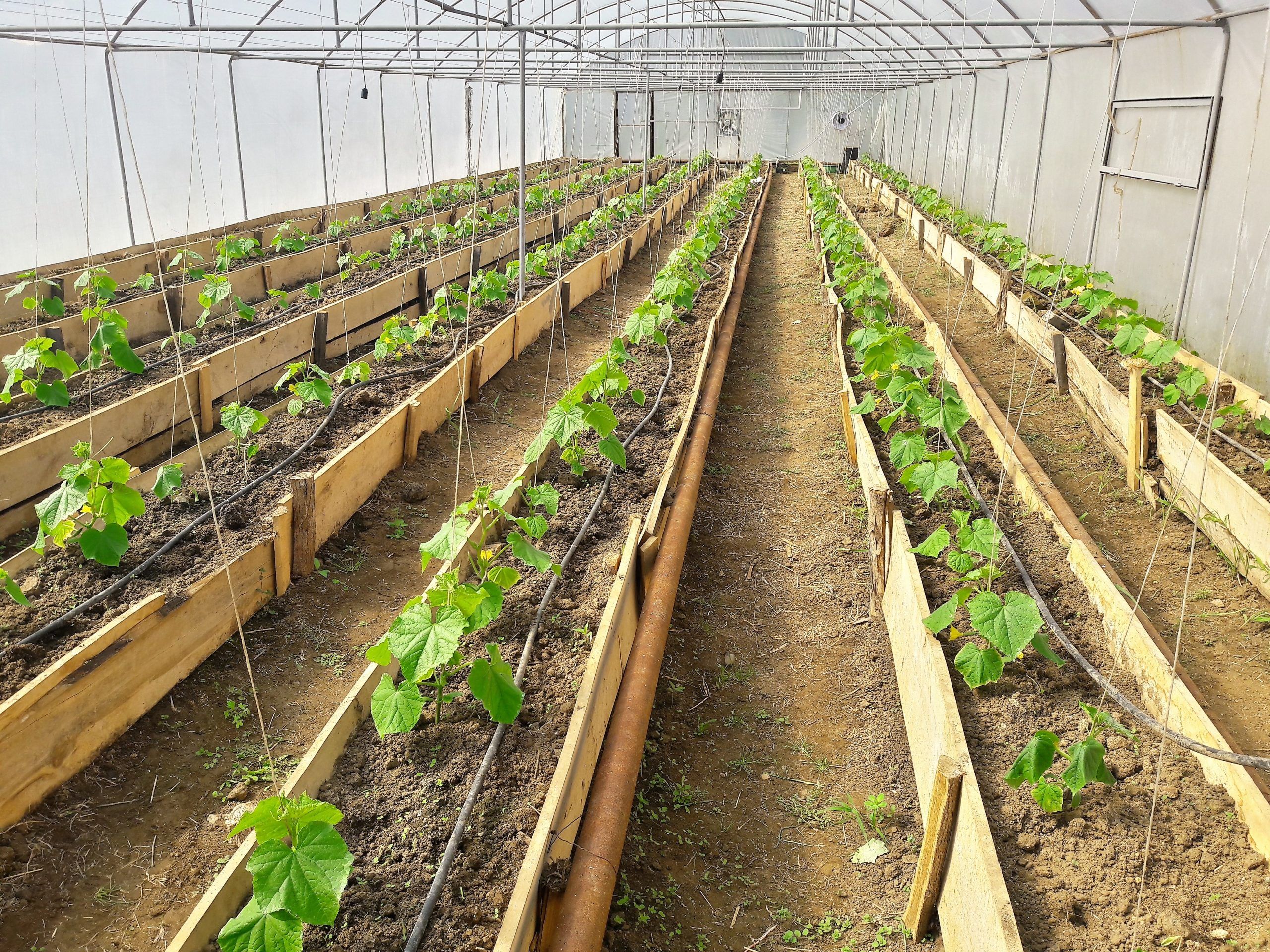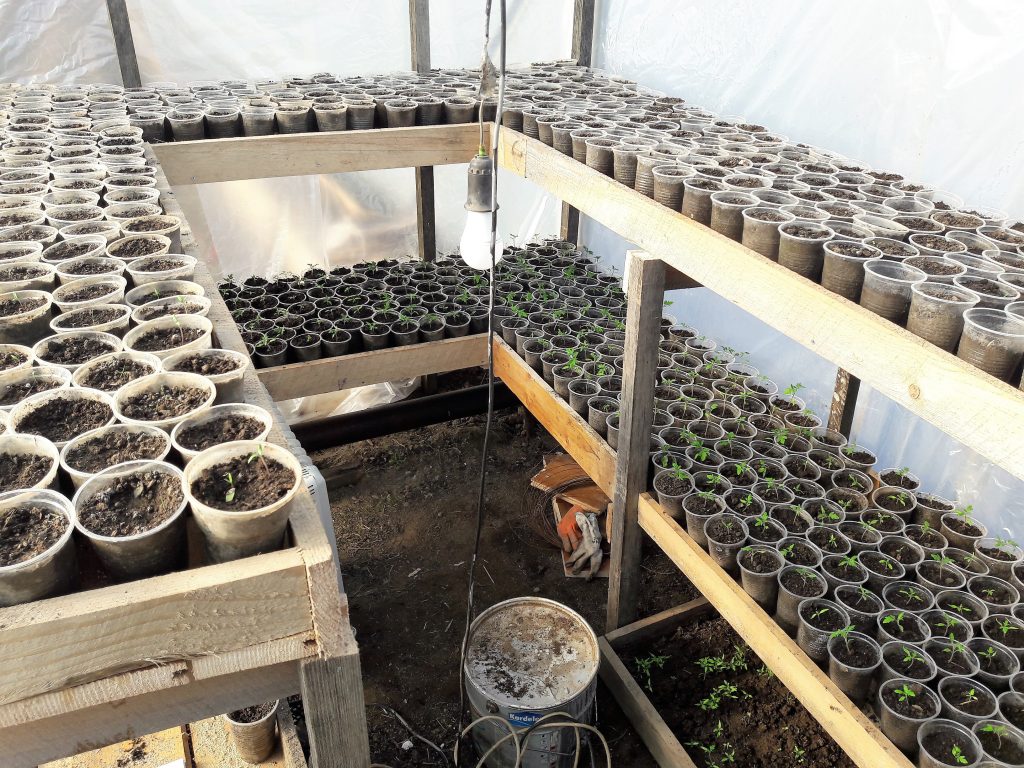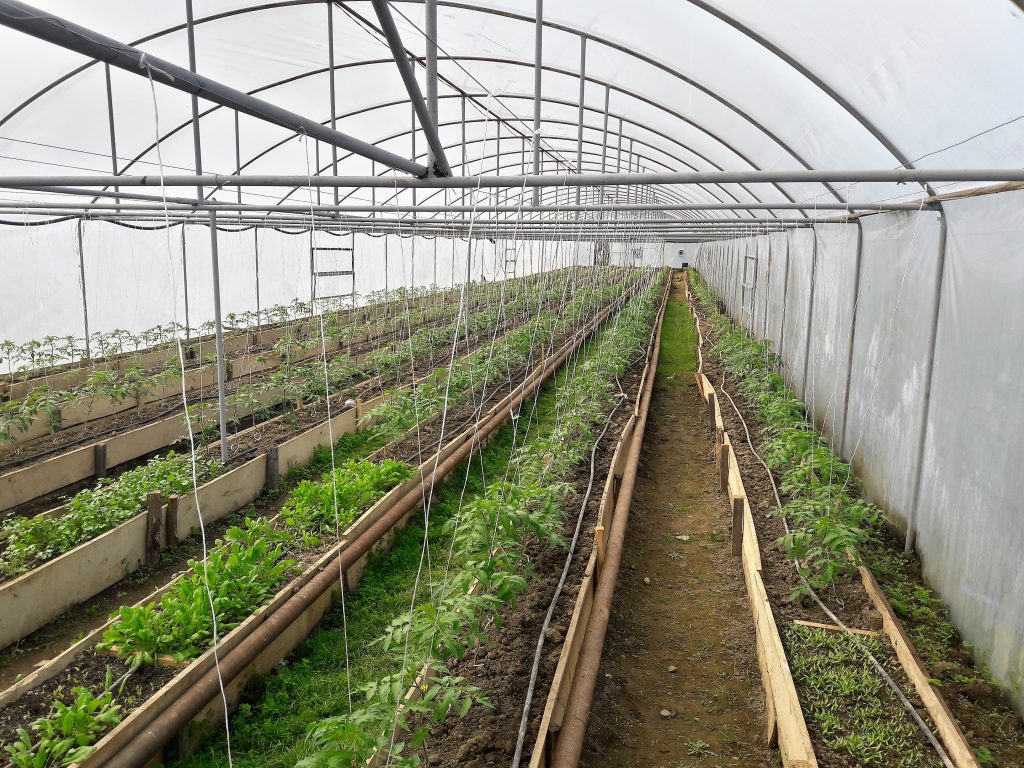
Mittleider – Innovative Methodology that can Revolutionize Georgia Agriculture
The world’s climate is changing fast and will continue to do so, apparently, no matter what measures are now taken. For agriculture, climate change creates significant challenges. As temperatures rise, pests and diseases will find new ranges, posing new risks to food and farming. For Georgia’s reality, the challenges of climate change are coupled with land scarcity that is traditional for the small agricultural country like Georgia. Under the given conditions, small space innovative agricultural methodologies are very important for the life of Georgia.
People in Need (PIN) recognized the issues and impending dire consequences. Since 2014, under the EU-funded ENPARD programme and in partnership with the Biological Farming Association ELKANA, PIN has been supporting innovative methodologies through the On-Farm Demonstration as an effective method of farmer education.

One of the most prominent methodologies that was supported by PIN is Mittleider or grow-box gardening. This method enables farmers to grow food in small spaces, under unstable and harsh climates, and poor soil conditions. The method perfectly suits Georgia.
Mittleider Grow boxes are bottomless, wooden or concrete frames leveled in place, usually 1 meter wide, 9 meters long and 20 centimeters deep. They can be any size and can be built anywhere. They are filled with “custom made soil,” a mixture of sawdust and sand or other inert and organic combinations.
Shalva Kvinikhidze is the man who first introduced the Mittleider methodology in Bagdati (Imereti region, West Georgia). He had only a 500 square meter plot. It was difficult for him to harvest enough crops through conventional farming methods. Conditions forced him to find alternative ways which would enable him to get maximum results from a small plot.
“While researching vegetable gardening methods for a small piece of land, I came across a YouTube video about the Mittleider Gardening Practices that looked really due to its ability to significantly increase the productivity of crops at a little cost and without application of mineral fertilizers and non-organic pesticides. This was exactly what I needed,” said Shalva.

Shalva made further inquiries and, as a result, learnt about the opportunity to get his new idea supported technically and financially – this was the time when PIN’s Cooperative development project funded by ENPARD and Czech Development Agency (CzDA) announced a grant competition for establishment of on-farm demonstrations of innovative methods in agriculture.
Shalva took part in the call, his application was reviewed by the Bio-Farming Association “Elkana”, PIN’s partner in ENPARD project responsible for various aspects of technical education of farmers, and very soon, Shalva was offered a package of “know-how” and financial support from the project.
“We were aware of the method and successfully tried it in other regions of Georgia, we found a lot of interest and, at the same time, commitment in Shalva’s application for grant… we realized that “this is the person we need… we supported him through several days of consultations and monitoring by our experts and we gave grant, which included obligation for Shalva to host interested farmers and demonstrate Mittleider methodology” says Aleko Baghdadze, Coordinator of the ENPARD Project, Elkana.
Soon, Shalva established a small Mittleider type of garden in his yard. In spite of trainings provided by the ELKANA specialists, Shalva had no practical experience in using this methodology. Even though the first harvest was not as productive as Shalva expected, it was quite evident that with further development, the results would come.
“There are several distinctive features of Mittleider method of gardening. Giving plants a high-quality early start by germinating seeds early in a greenhouse. Seedlings are then planted in 45 cm wide soil beds or narrow timber growing boxes. Plants are encouraged and supported to grow vertically to increase yields from minimum soil and space. Artificial soil, consisting of a mixture of sand, sawdust, straw and other inert materials, is used with fertilizers added. This mixture can be used re-used over and over again, with specific fertilizers added for the new crop. As you see, this method is very practical and easy. But for me what is most important using the Mittleider is that it fully protects your farm from bacteria and diseases”, explains Shalva.
Initially, his friends and co-villagers looked at him with skepticism. It soon changed as the next year, all the farmers in the Bagdati municipality suffered an unknown tomato crop disease significantly reduced the harvest and affected quality of the crop…
Only Shalva’s Mittleider garden survived. Why? Because it requires just artificial soil made of sand and sawdust. While soil can be main source and habitat of a different kind of bacteria that harm the plants.
“This disease showed us that it is time to think of innovations and adopt new ecological techniques. The Mittleider method is surely one of the most effective innovative methods which I am thinking to replicate in my garden,” says Shalva’s neighbor Davit Gorgodze.
“Crop disease risks decreased significantly, as a direct consequence harvest increased by 30-40 % and so was the increase in income from the sales… We see farmers expressing increasing interest towards the method. The little audience of such a demonstration is the main challenge we deal with – we need to work on exposure of the methods to more farmers. This On-Farm Demonstration was not made for Shalva but for the entire farming community in the area…” Says David Chelishvili, ENPARD/PIN’s Field Operations Manager.